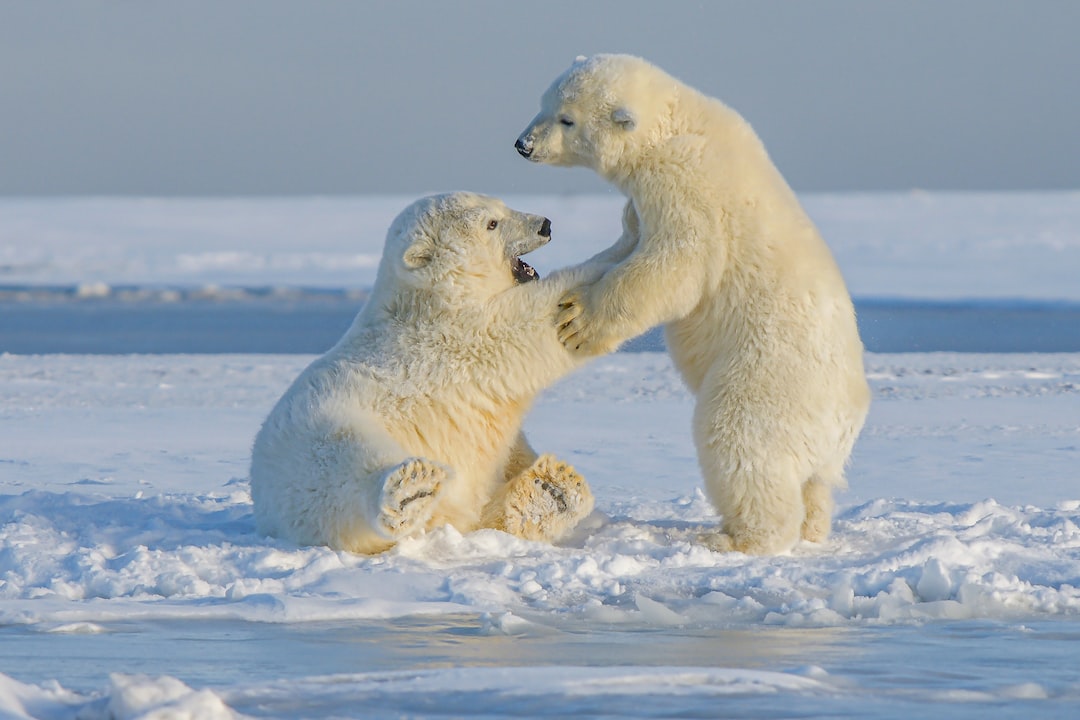Animals have evolved over millions of years to survive in their respective environments. They have adapted to different ecosystems, climates, and habitats in order to feed, defend themselves, and reproduce. In this article, we will explore how different species of animals have adapted to their environments and how they have learned to survive.
The primary way that animals have adapted to their environments is through the development of specialized body structures and functions. These adaptations can be physical, such as the long necks of giraffes, or behavioral, such as the migration patterns of birds. Over time, these adaptations have become more and more specialized, allowing animals to survive in their environments and outcompete other species.
One of the most common adaptations among animals is camouflage. Camouflage is a way for animals to blend in with their surroundings, making it harder for predators to spot them. For example, the chameleon can change color to blend in with its environment, making it nearly invisible to predators. Similarly, many species of insects have evolved to mimic the appearance of leaves or twigs, providing them with effective camouflage.
Another important adaptation for animals is their ability to find food. Some animals have adapted to eat specific foods, such as anteaters who eat ants, while others have adapted to survive in areas with limited resources, such as the kangaroo rat who can survive in the desert with very little water. In addition, some species, like the komodo dragon, have evolved to be able to eat very large prey, providing them with a significant advantage over other predators.
Many animals have also developed sensory adaptations that help them navigate their environments. For example, bats use echolocation to find insects in the dark, while sharks use their sense of smell to detect prey from miles away. Similarly, some birds can navigate using the earth’s magnetic field, providing them with a powerful tool for migration.
Behavioral adaptations are important for animals to protect themselves from predators and to interact with their environment. For example, many species of birds build intricate nests to protect their eggs and young, while others have evolved to live in large groups, providing them with protection against predators. Similarly, some animals have developed complex social structures, such as chimpanzees, who live in communities with established hierarchies.
Climate is another key factor in the evolution of animals. Animals have adapted to different climatic zones, such as the polar bear, who has a thick coat of fur to keep warm in the Arctic, or the camel, who can survive in the desert with very little water. In addition, some animals have developed hibernation or migration strategies to survive harsh winters or droughts.
Finally, some animals have developed symbiotic relationships with other species in their environment. For example, bees and flowers have developed a mutually beneficial relationship, with bees pollinating flowers while collecting nectar for their hives. Similarly, some species of fish have developed relationships with small shrimp who clean their scales and remove parasites, providing a form of symbiotic cleaning.
Overall, animals have evolved in countless ways to adapt to their environments. Through specialized body structures, sensory and behavioral adaptations, and symbiotic relationships, different species have learned to survive in their respective ecosystems. By understanding how animals have adapted, we can gain a greater appreciation for the diversity of life on our planet and the amazing ways in which they have learned to survive.

